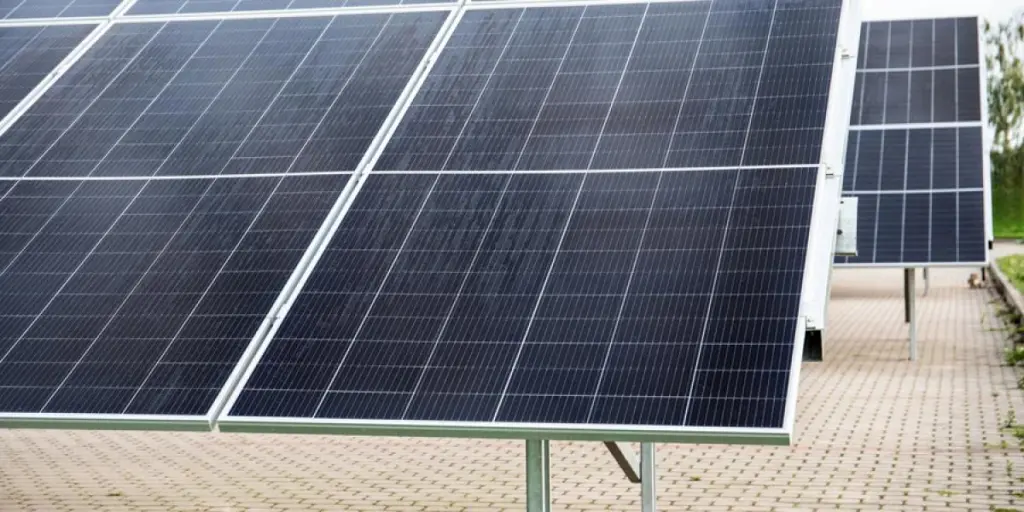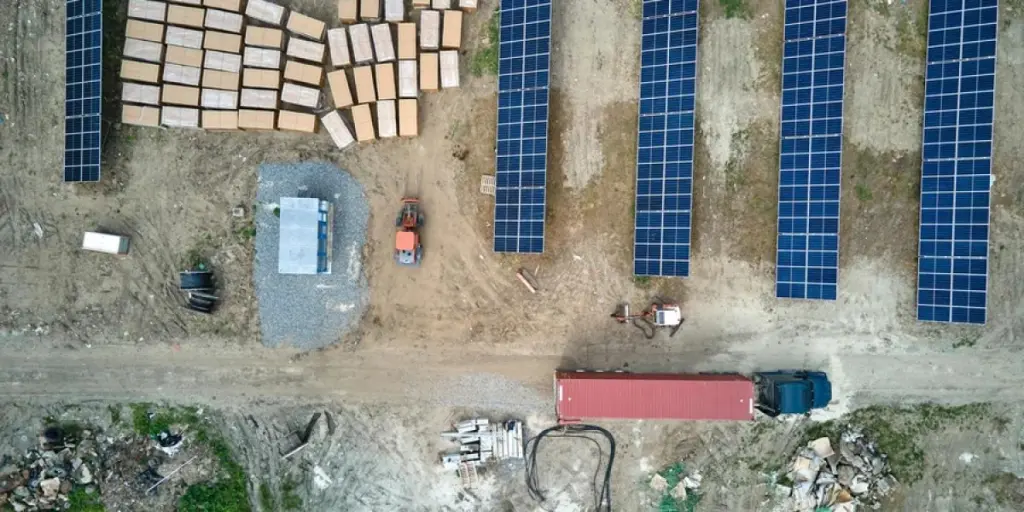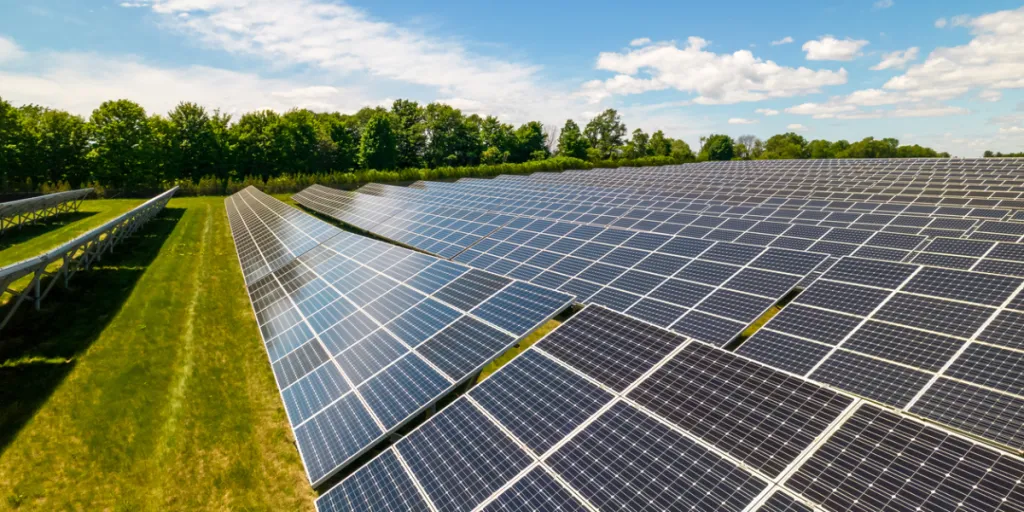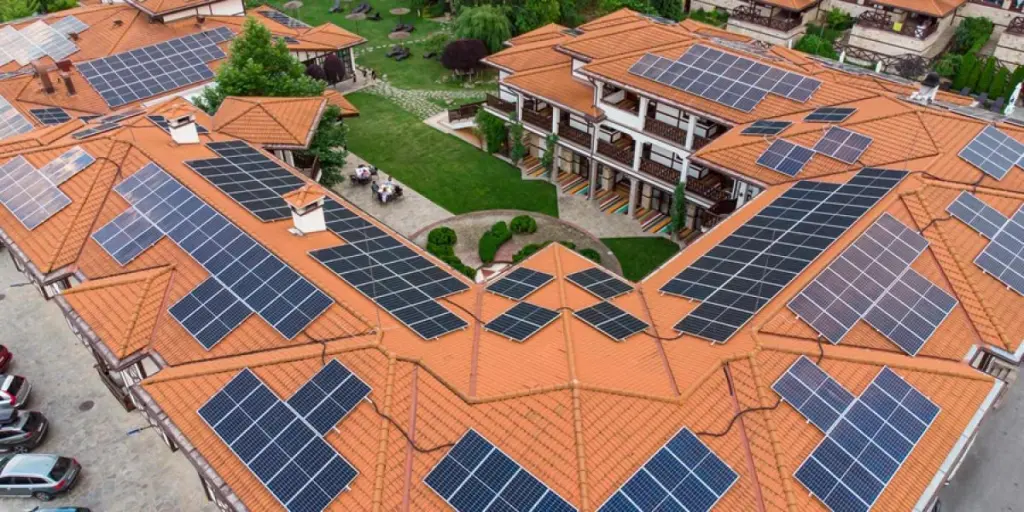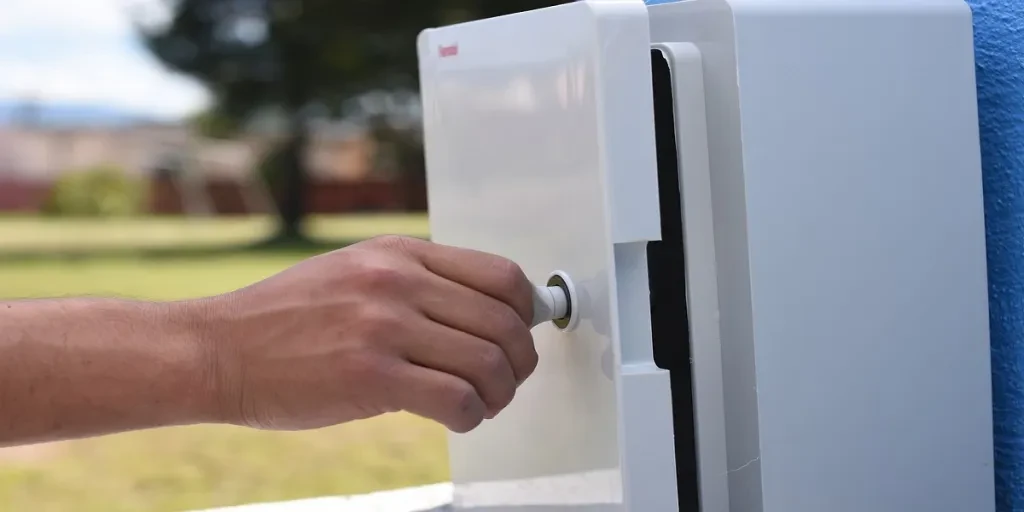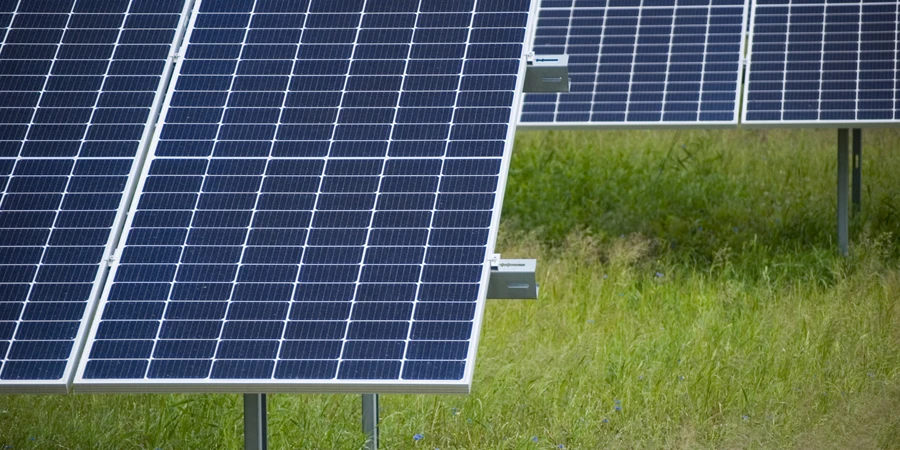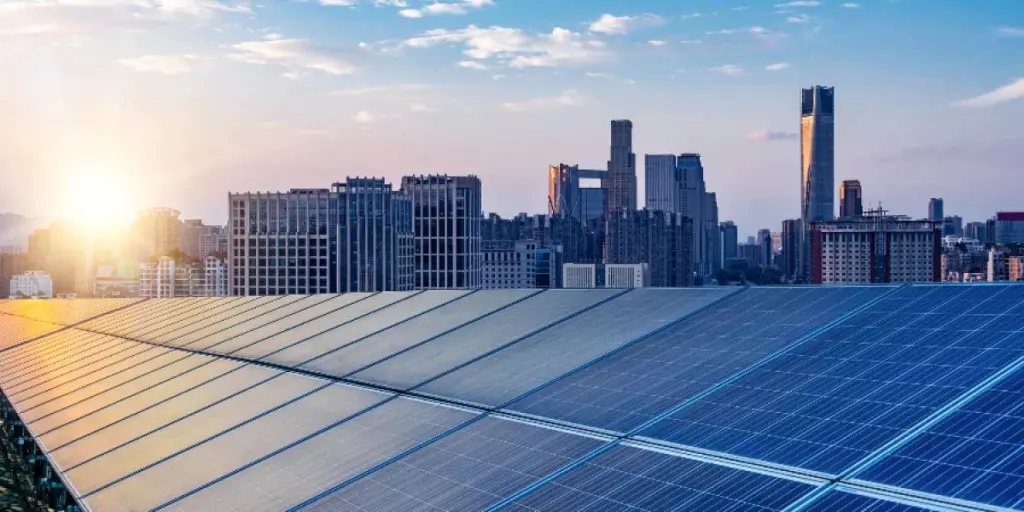In a new weekly update for pv magazine, OPIS, a Dow Jones company, provides a quick look at the main price trends in the global PV industry.
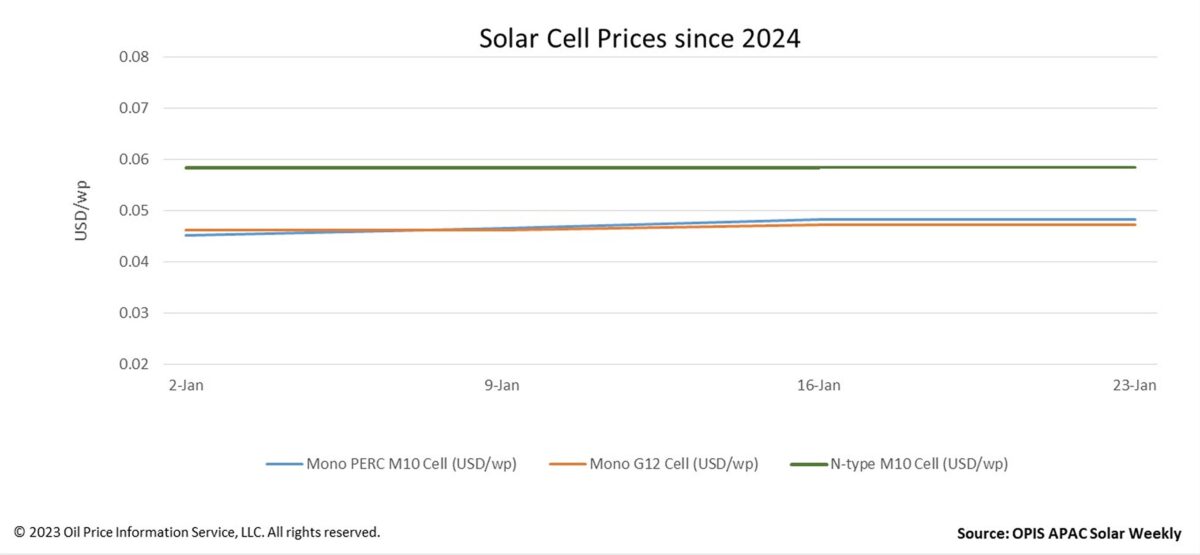
Solar cell FOB China prices have stayed consistent this week since there hasn’t been much of a shift in supply and demand fundamentals. Mono PERC M10 and G12 cell prices trended flat at $0.0482/W and $0.0473/W, respectively while the TOPCon M10 cell price remained flat at $0.0584/W week on week.
Mono PERC M10 cells on the Chinese domestic market remained at CNY0.387 ($0.055)/W, according to the OPIS survey. A portion of the price stability can be attributed to the upstream wafer prices stabilizing after ceasing to rise. The price of Mono PERC M10 wafers on the Chinese domestic market trended flat this week as a result of wafer producers’ attempts to boost pricing and restore profits being derailed by the weak demand, staying at CNY1.98/pc without any change from last week.
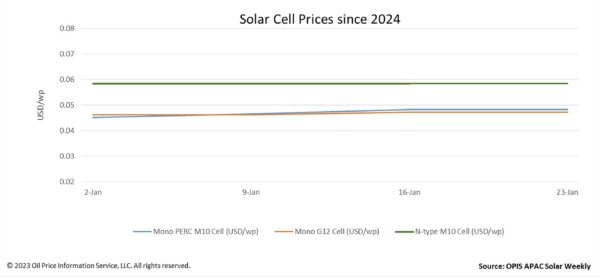
Nevertheless, cell suppliers are still attempting to invent fresh price hikes. According to a source from the cell segment, it is optimistic that the price may rise to over CNY0.4/pc by early February.
According to this source, market participants believe that Mono PERC M10 cell prices are at their lowest point for the foreseeable future, because such cells are poised to move from being mass-market products to customized products. “Manufactures don’t have to sell bespoke items at large losses,” the source added.
By contrast, a downstream source is cautious about additional Mono PERC cell pricing hikes before Chinese New Year, arguing that there isn’t sufficient demand to support the price increases. “The majority of new module purchase orders signed by European developers beginning in the second half of 2023 are n-type,” the source continued.
A developer concurred, stating that it may be difficult for all types of cells to raise prices in February and that the module businesses’ cash flow might not be able to support the price hikes of cells.
Even after switching to n-type cells, another cell supplier claimed that the manufacturers’ financial status has not significantly improved. The source stated that non-silicon costs like silver paste are the main reason why creating n-type cells is more expensive than producing Mono PERC cells. The market participant went on to say that N-type cells’ premium price is insufficient to cover these expenses, though the price of TOPCon M10 cells is between CNY0.08/W and CNY0.09/wp or about 21% higher than that of Mono PERC M10 cells.
Product diversification remains a key strategy for cell companies seeking to stay in business. A medium-sized cell producer told OPIS that they plan to start the production of TOPCon M10 cells with 16-busbar in 2024, which are more effective than conventional 10-busbar cells and require less silver paste.
The views and opinions expressed in this article are the author’s own, and do not necessarily reflect those held by pv magazine.
This content is protected by copyright and may not be reused. If you want to cooperate with us and would like to reuse some of our content, please contact: editors@pv-magazine.com.
Source from pv magazine
Disclaimer: The information set forth above is provided by pv-magazine.com independently of Alibaba.com. Alibaba.com makes no representation and warranties as to the quality and reliability of the seller and products.
